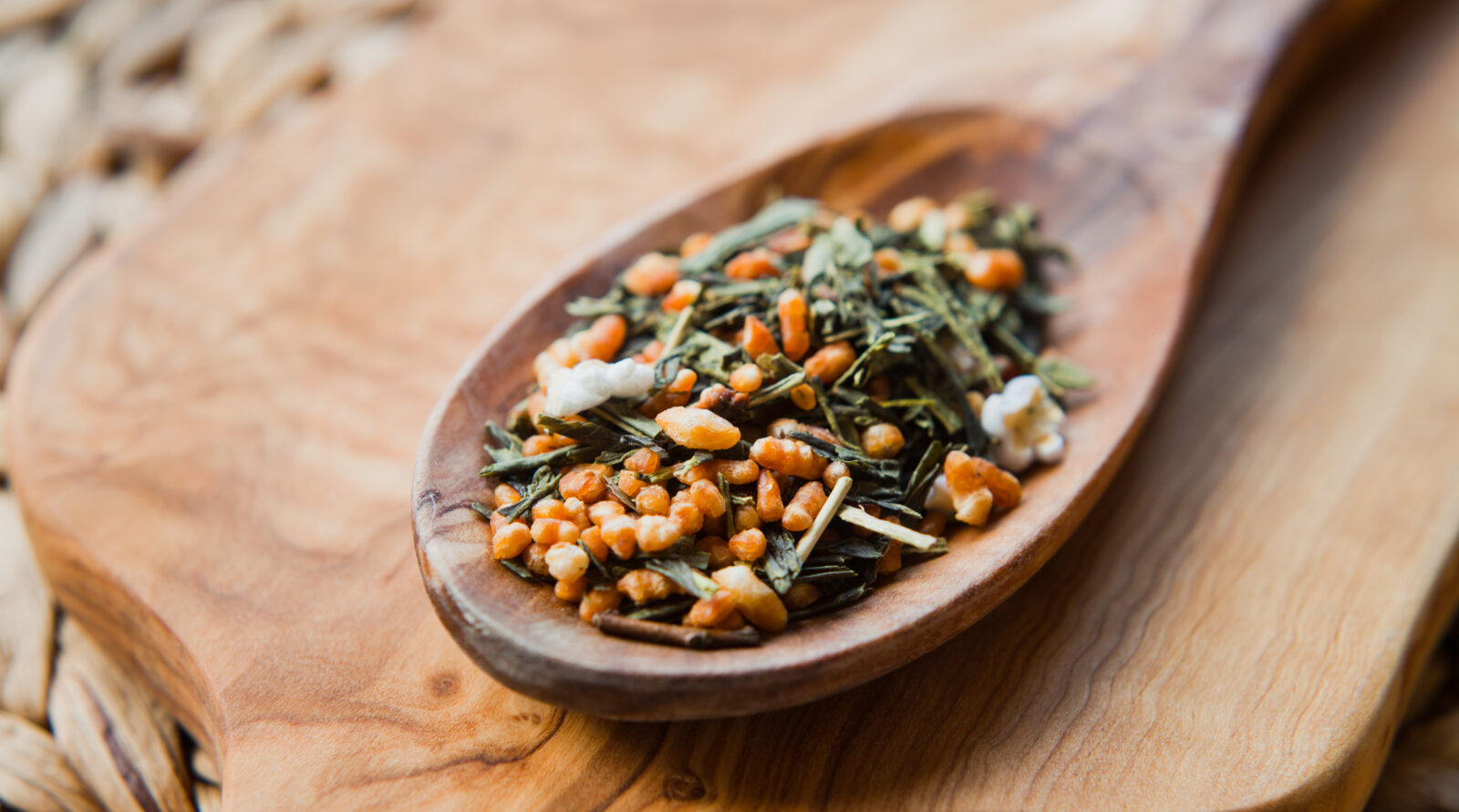Tea & Rice: A Perfect Pairing
If you love tea — our hands are raised — then one broad style of cuisine pairs especially well with it: foods from Asia. Sencha tea and sushi. Dragon Well Superior green tea and a shrimp stir-fry. What to sip with a plate of the Korean short-rib dish galbi? We think a cup of Blue Spring Oolong would complement it quite nicely — it would be fine if you chilled it, along with the Dragon Well, too.
In fact, rice marries so well with tea that some styles of our favorite beverage actually contain rice. The most famous of them is genmaicha, which means “brown rice tea.” It is a literal translation — this tea combines sencha tea with roasted and popped brown rice.
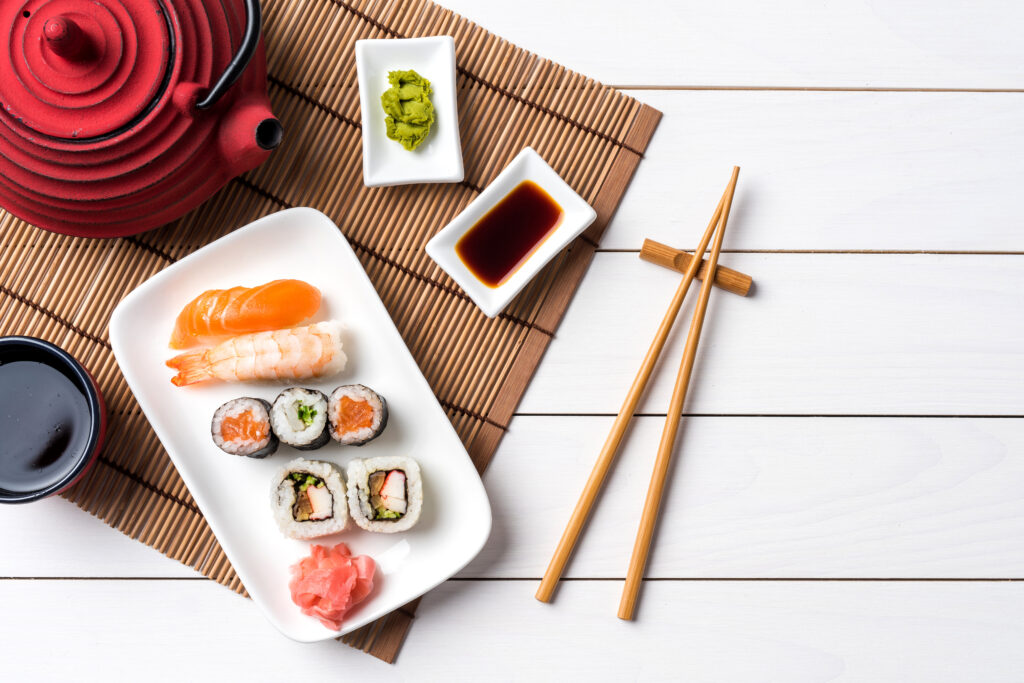
We eat quite a bit of rice, and normally pair different teas with our meals. As tea offers such a wealth of distinct flavor profiles — which sets it apart from coffee, where taste variations between roasted beans are more subtle — it’s not difficult to find a tea that improves the dining experience.
September is National Rice Month. We can’t think of an agricultural product more worthy of national celebrations, and we tip our hat to Arkansas, California, Louisiana, Mississippi and Texas, the US states with the largest rice crops.
Ready to salute tea during its month-long honor? We think risotto, red beans and rice and paella are always excellent ideas. But we also suggest making something from Asia, like a Chinese stir-fry, Thai curry, Vietnamese bün or Japanese onigiri, and pairing tea with the meal.
Naturally, we have some ideas for the tea pairings.
Rice Tea: Genmaicha
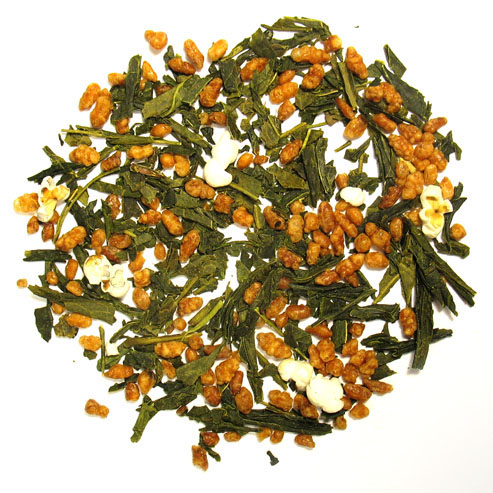
In Japan, where it is sipped every day by many people, genmaicha is also referred to as “people’s tea”; tea merchants began adding the roasted rice to the tea to make the beverage more affordable. It’s the same gambit that brands like Hamburger Helper, for example, use to help people create more meals out of a pound of ground beef. Today, however, genmaicha doesn’t target people on tight budgets; everybody drinks it.
The tea’s sencha offers familiar flavors — the earthy, herbal and slightly astringent grassiness of sencha, combined with the roasted rice’s nuttiness and a subtle sweetness that comes from its sugars and starches. One of its many advantages: Due to the rice content, a serving of genmaicha contains less caffeine than green tea on its own.
Genmaicha isn’t the only tea with rice mixed in — one popular version in Japan adds matcha to the genmaicha, and in South Korea a tea called “hyeonminokcha” is roughly the same: green tea combined with roasted rice.
It’s all wonderful.
Rice Tea: Jasmine Oolong
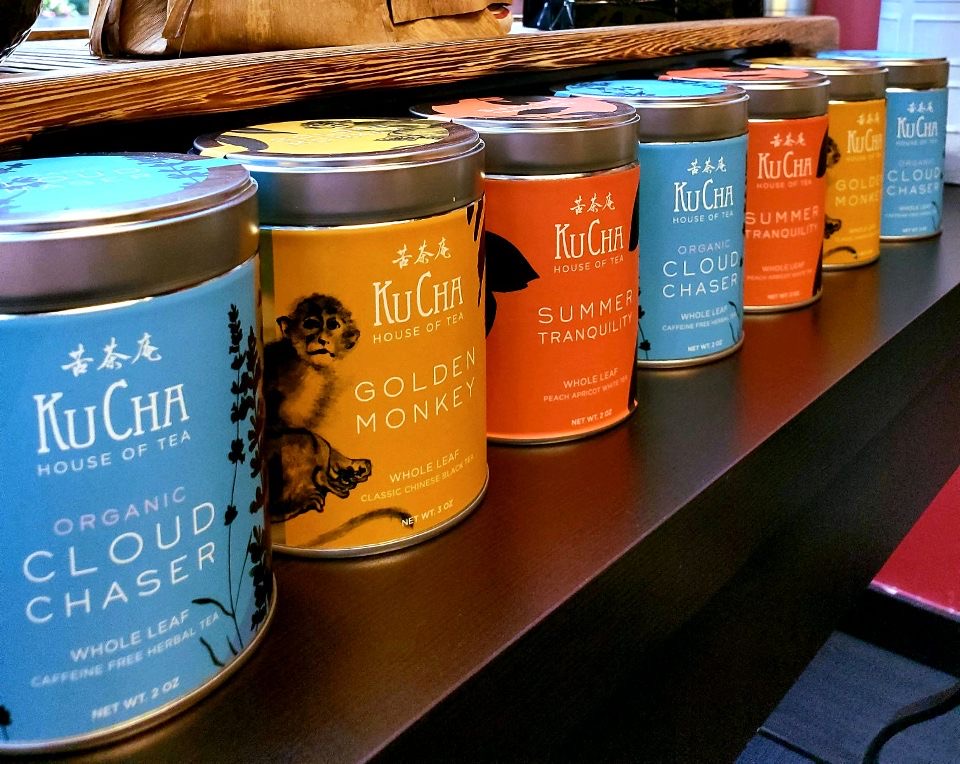
There’s something about the infusion of real jasmine blossoms in this tea, from China’s Guangxi Province in far southern China (the province borders Vietnam), that turns it into a meal-matching powerhouse. In part, we think it’s the blossoms’ two-fer of floral and bitter: together, they cut through fats and big flavors common in Asian cookery, from pork fat to sesame oil to chili pastes (hello, gochujang), fermented condiments (nice to see you, fish sauce) and nasal-clearing standards like wasabi.
We love our Jasmine Oolong so much that we not only included it in our quartet of ready-to-drink iced teas — quite the honor, as we have hundreds of teas to choose from! — we also selected it as one of the teas we feature in new, custom tins (Note: The Jasmine Oolong will not be available in tins until sometime after October, 2021). The teas we are incorporating into our branded Ku Cha House of Tea tin line are our — and your — favorites.
This tea is wonderful chilled, one of the many reasons it is such a spectacular culinary partner.
Rice Tea: Sweet Rice Puerh
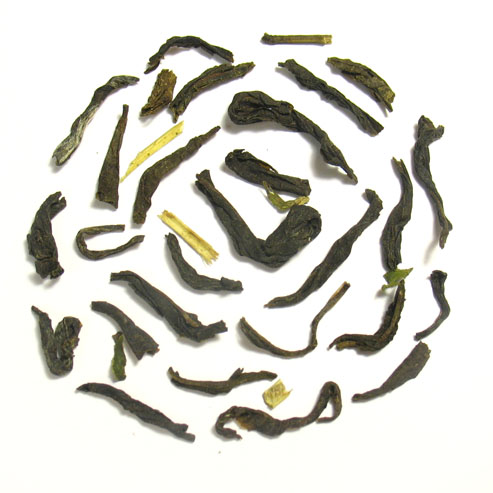
Genmaicha contains roasted rice. Jasmine oolong is rice-less, and doesn’t have rice-like flavors; instead, it pairs beautifully with rice dishes. And then there is our Sweet Rice Raw Puerh, a rice-free tea that broadcasts delicate rice flavors.
Puerh is the most common style of fermented tea; the other is simply called “dark tea,” which refers to a broad range of fermented teas, some of them from Japan. Our Sweet Rice Puerh is whole-leaf “sheng” (meaning raw in Chinese) puerh crafted by Hmong people in Pingbian, a small town in southern Yunnan Province, which is the birthplace of tea.
Sweet Rice Puerh is just fermented tea leaves — it doesn’t contain a grain of rice. Yet when brewed this delicious tea offers clear rice notes. Not only is it pleasing on its own, assuming you like the flavor of rice, but Sweet Rice Puerh also pairs smartly with rice-centered dishes, especially ones from Asia. This tea’s hearty taste and aroma will leave you refreshed and energized.

